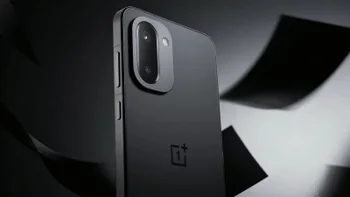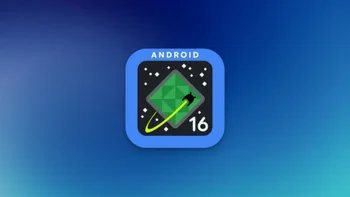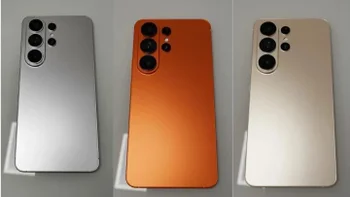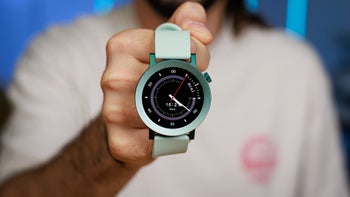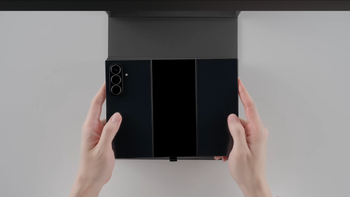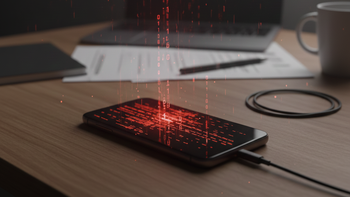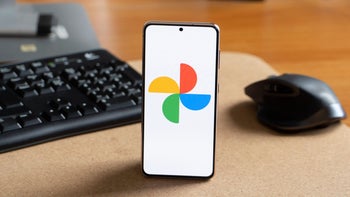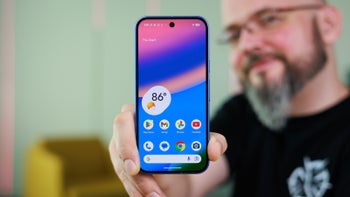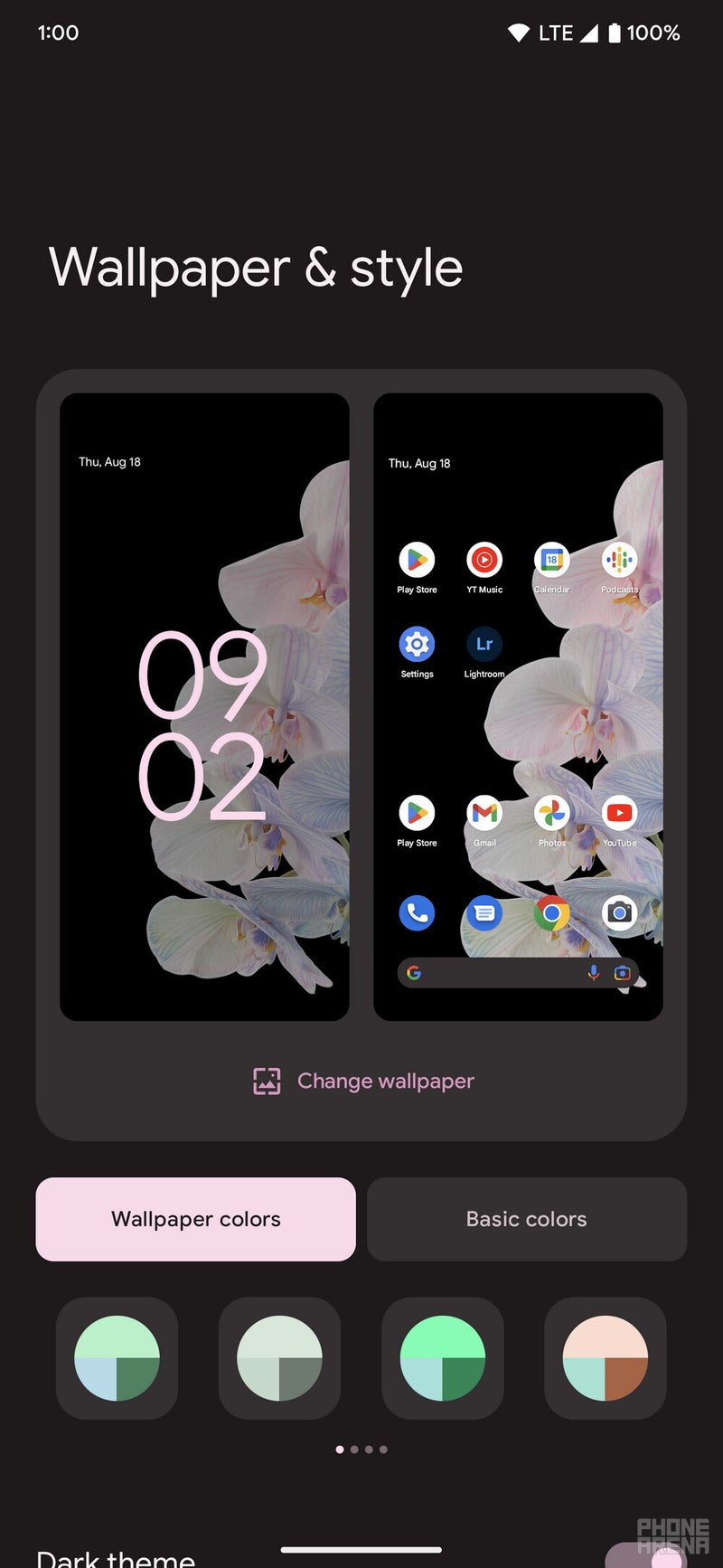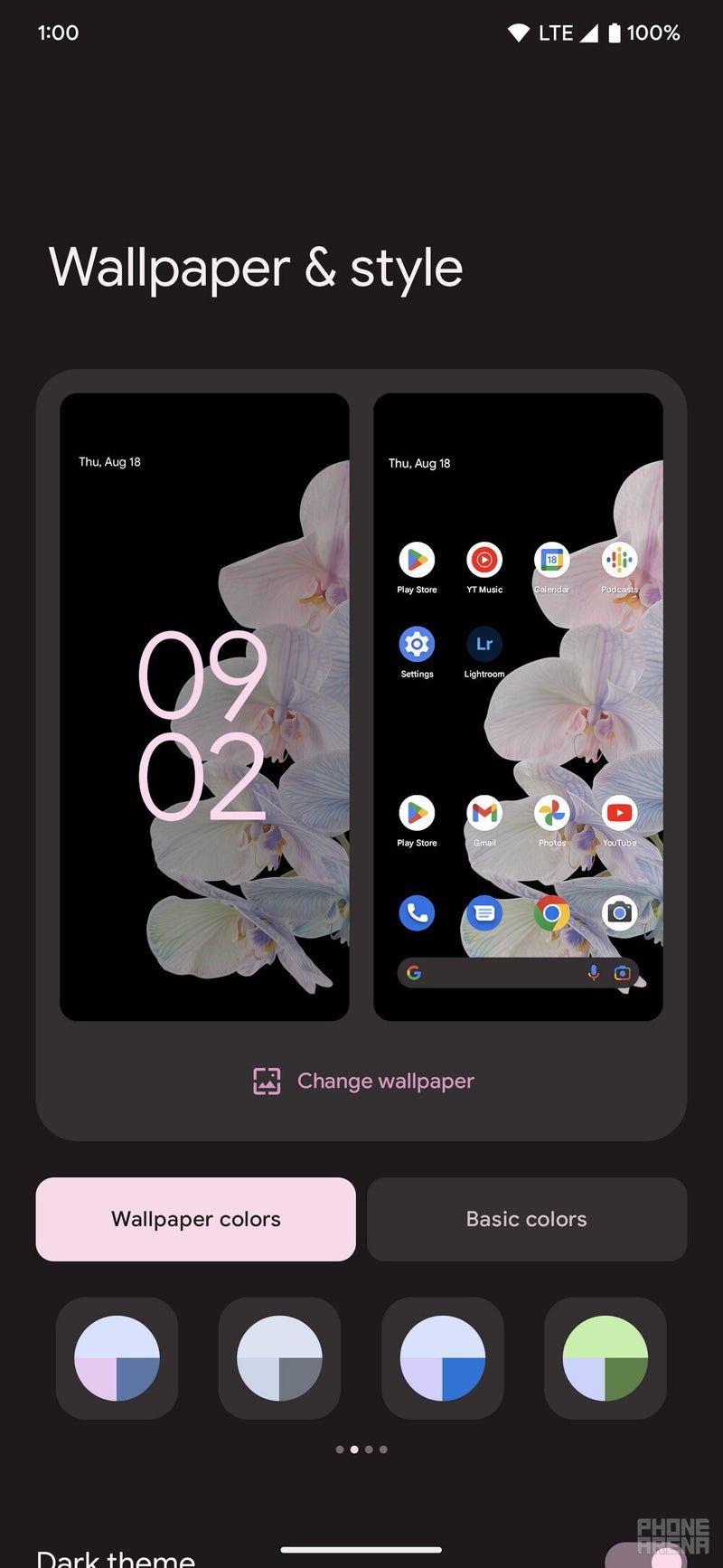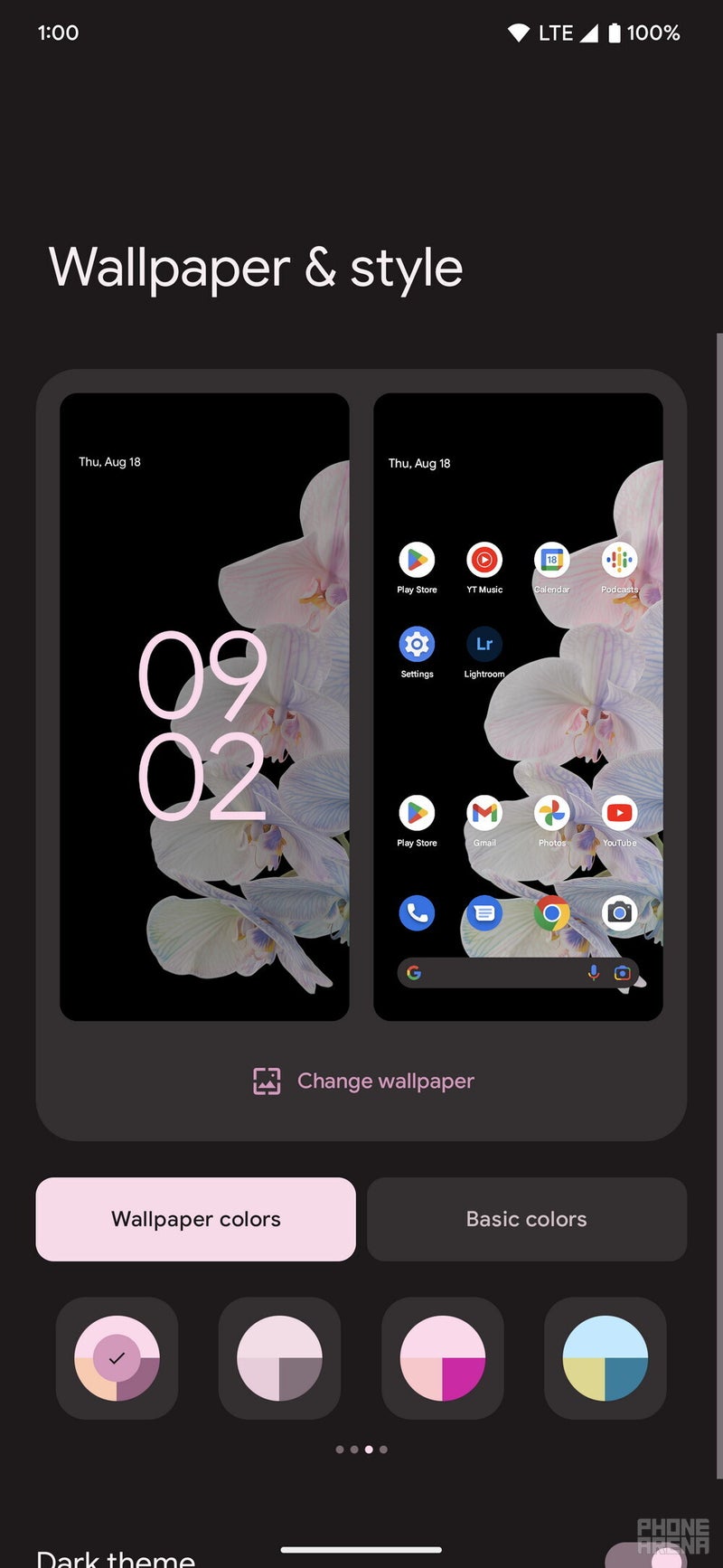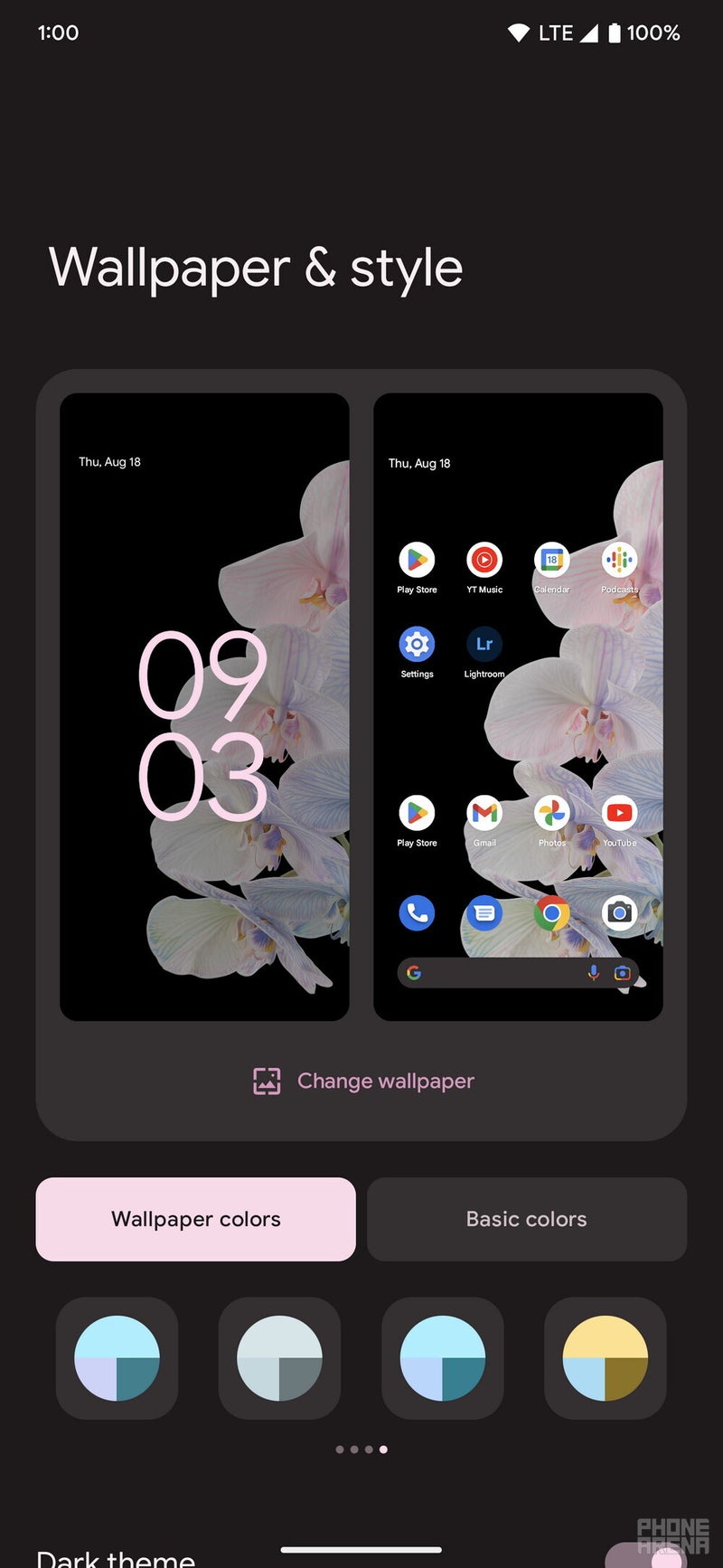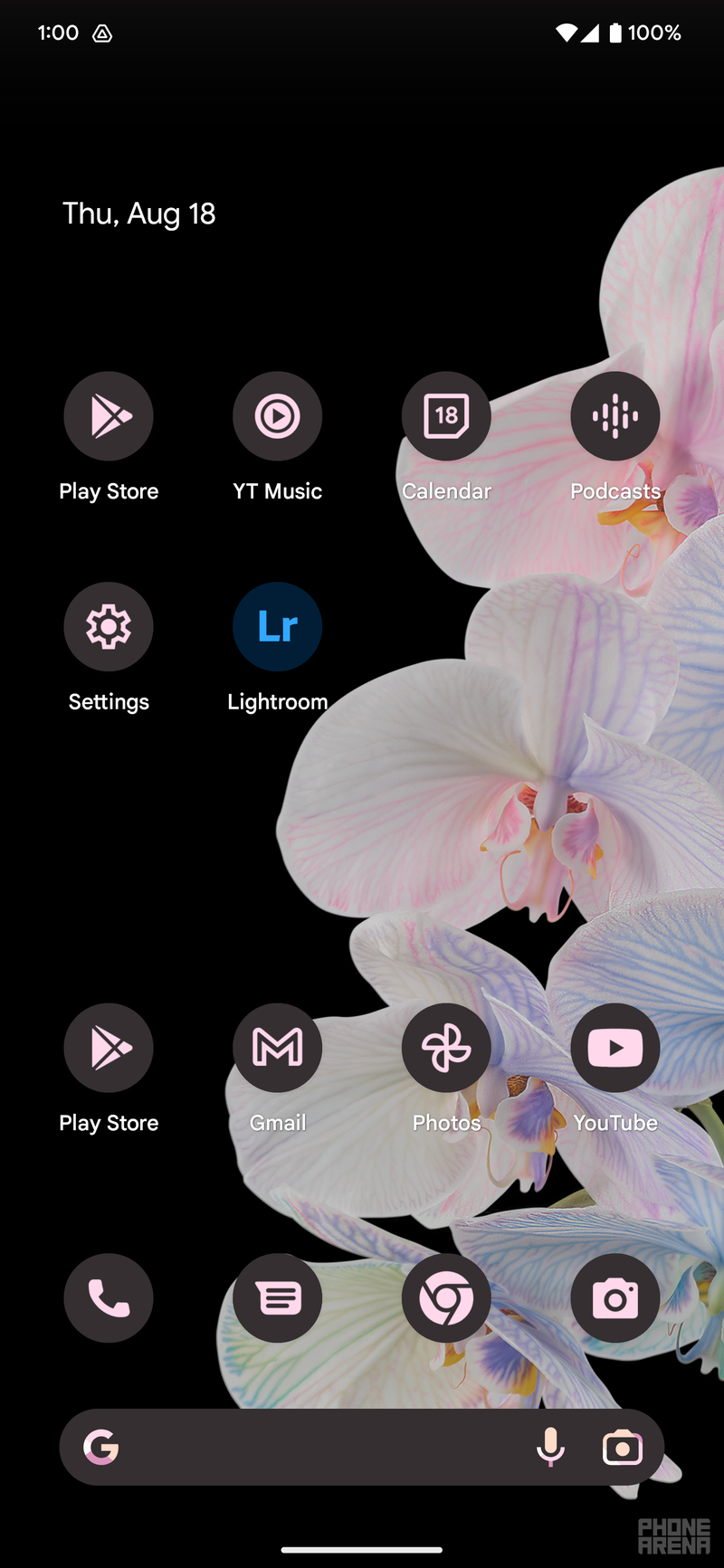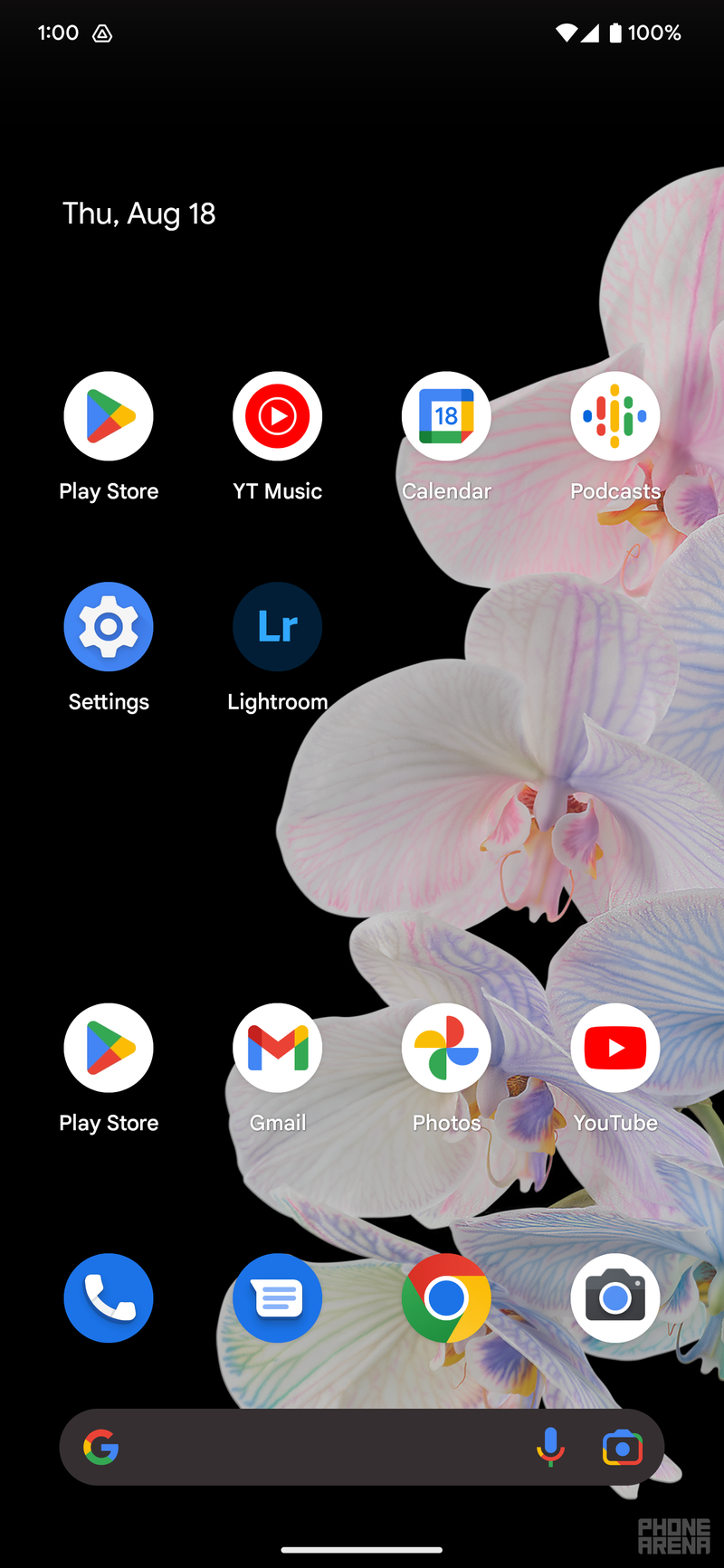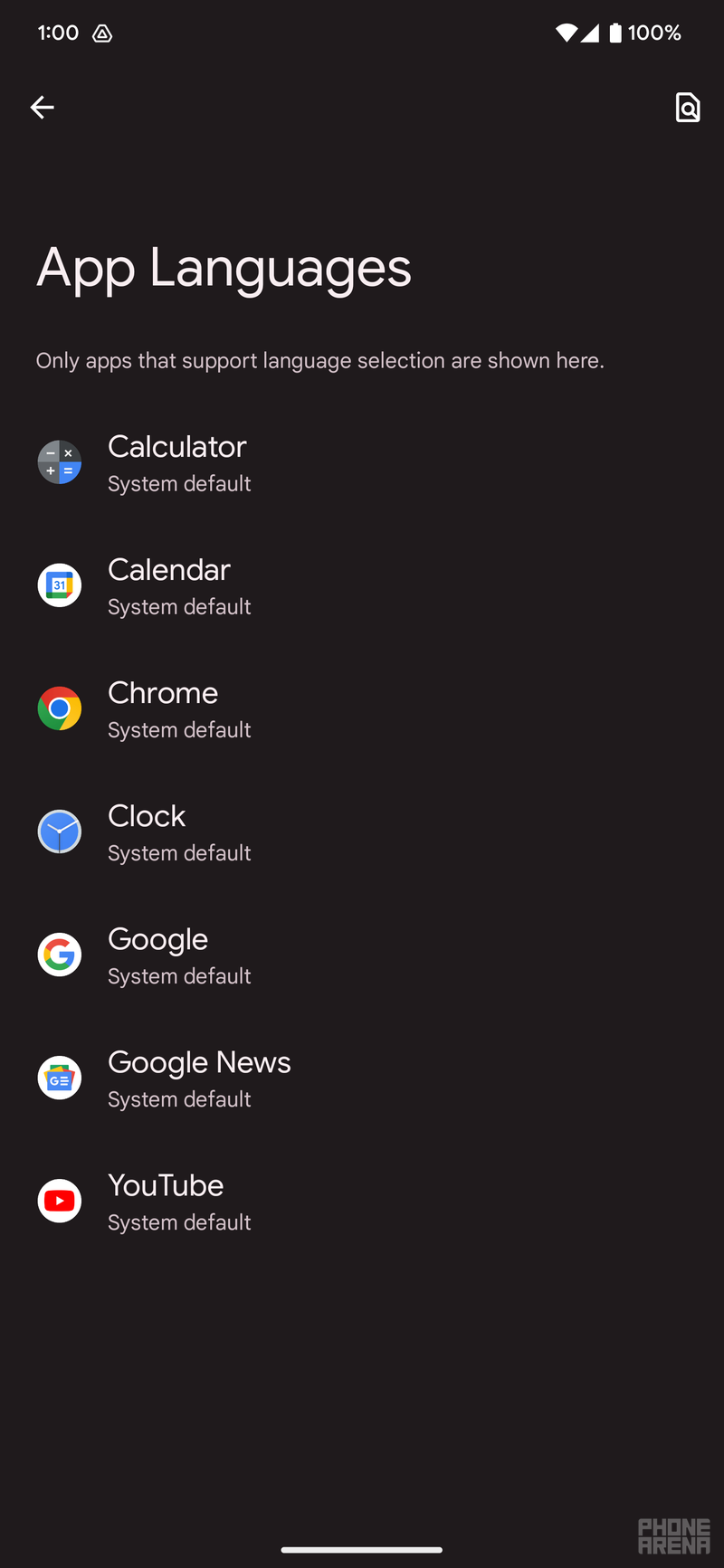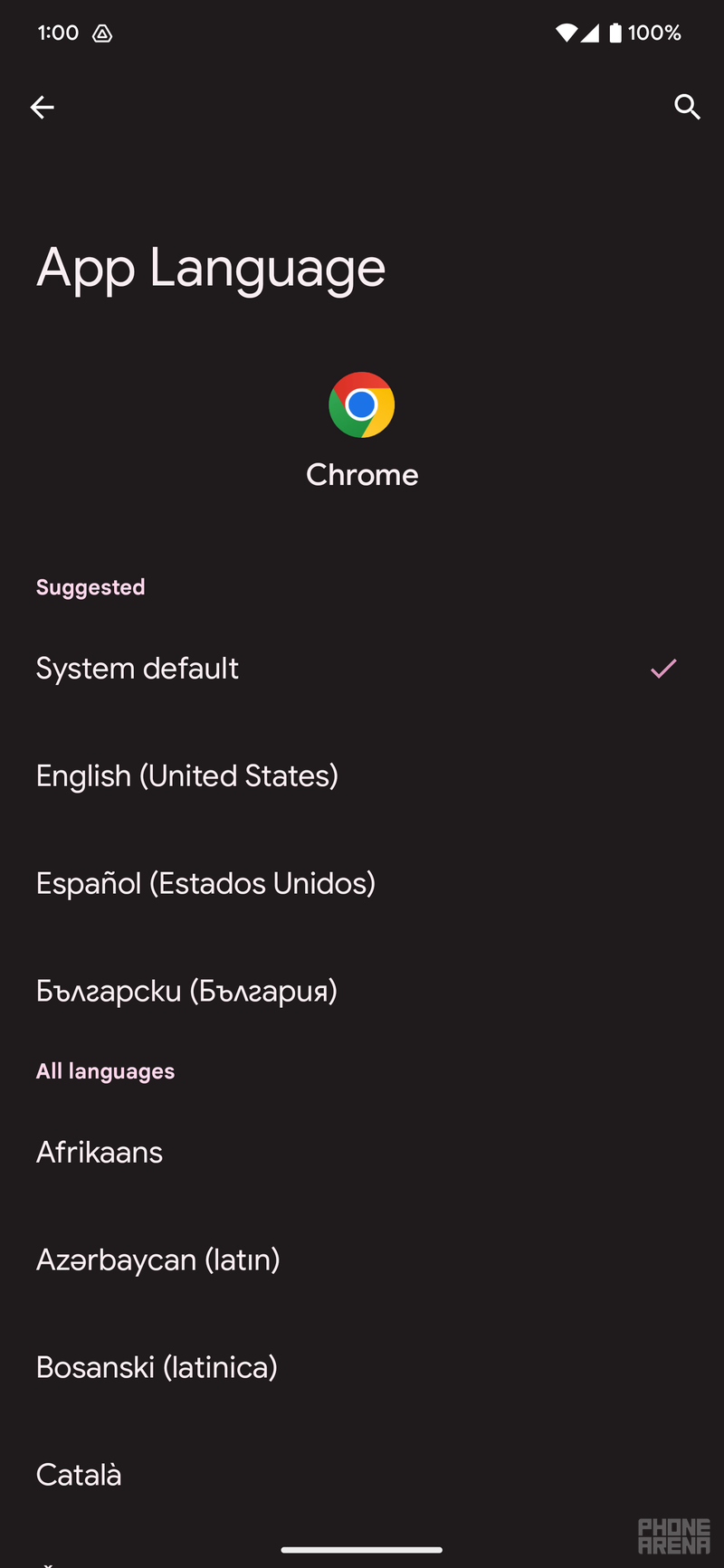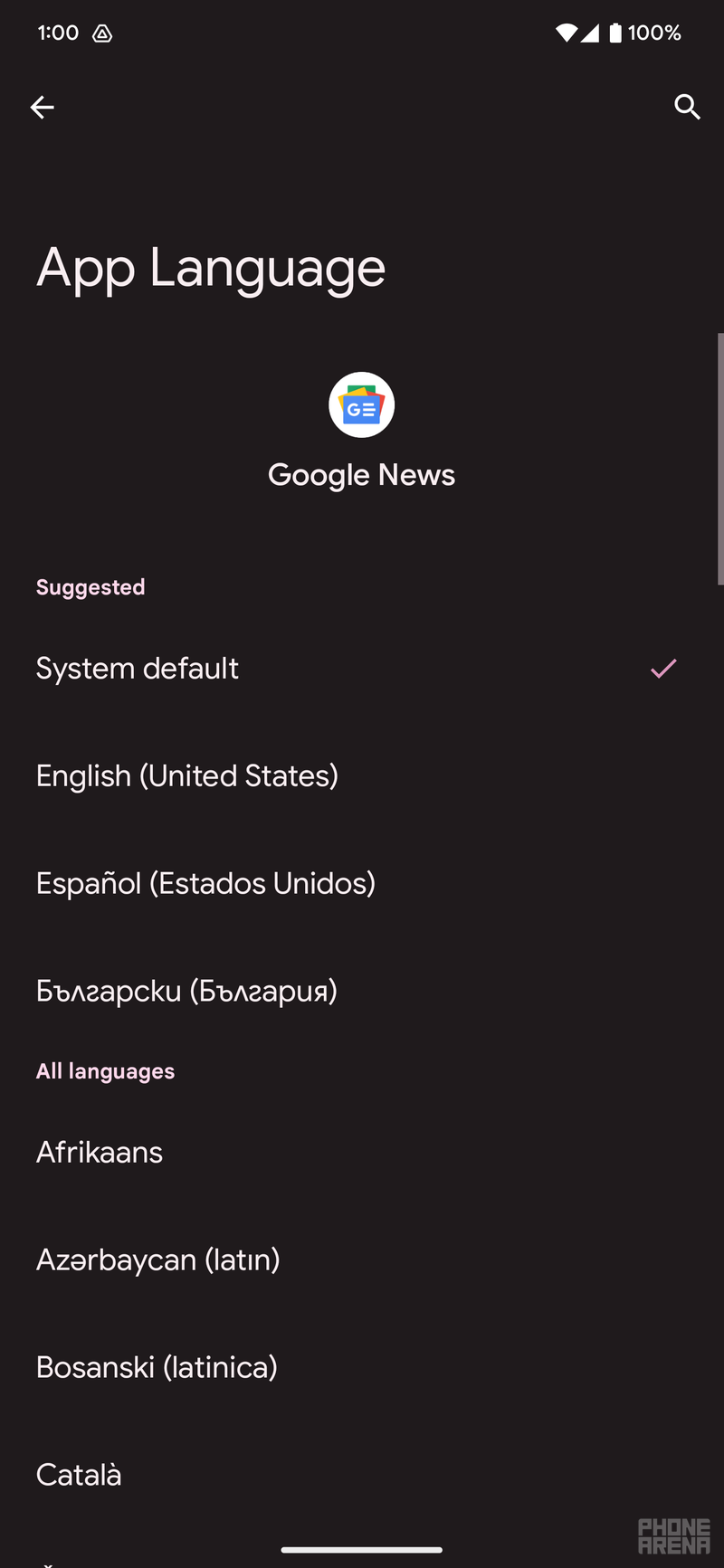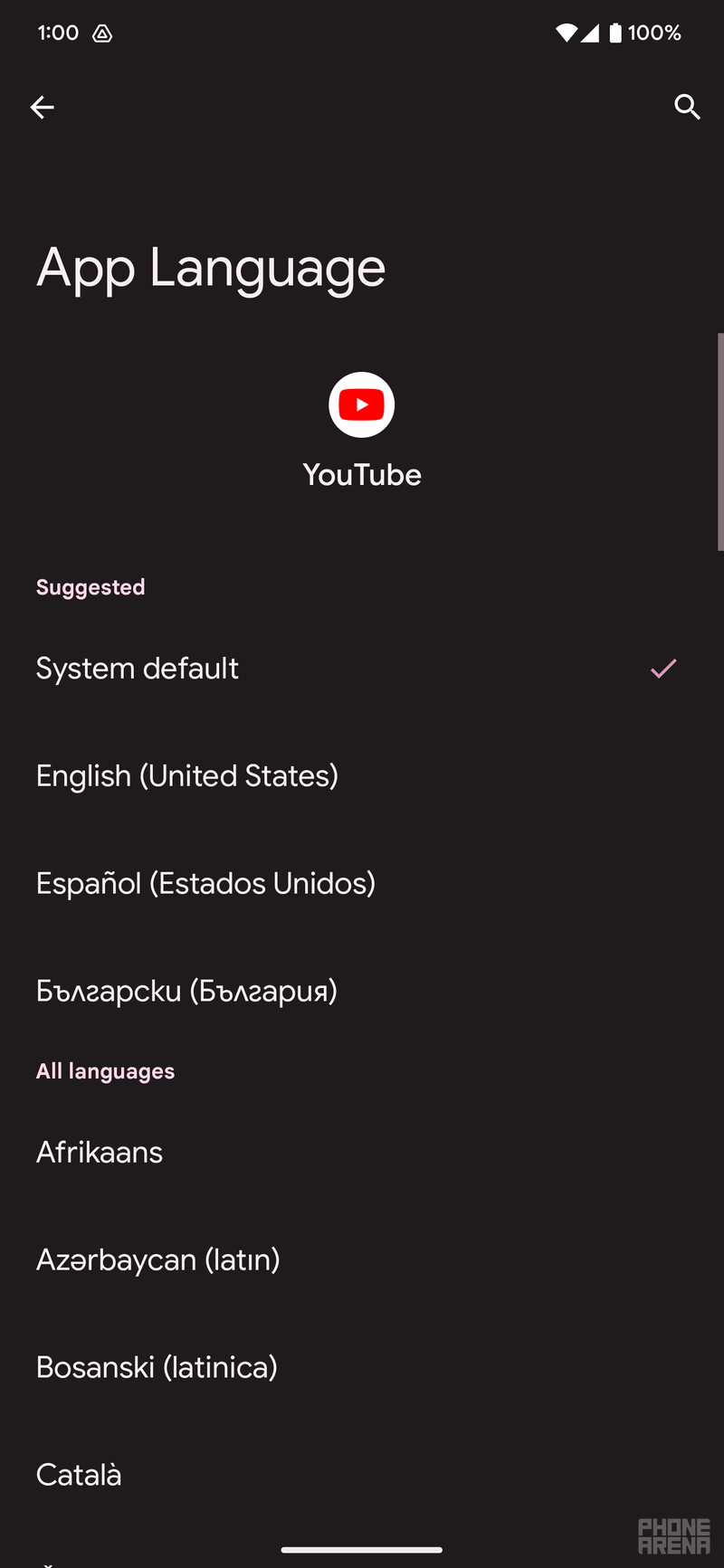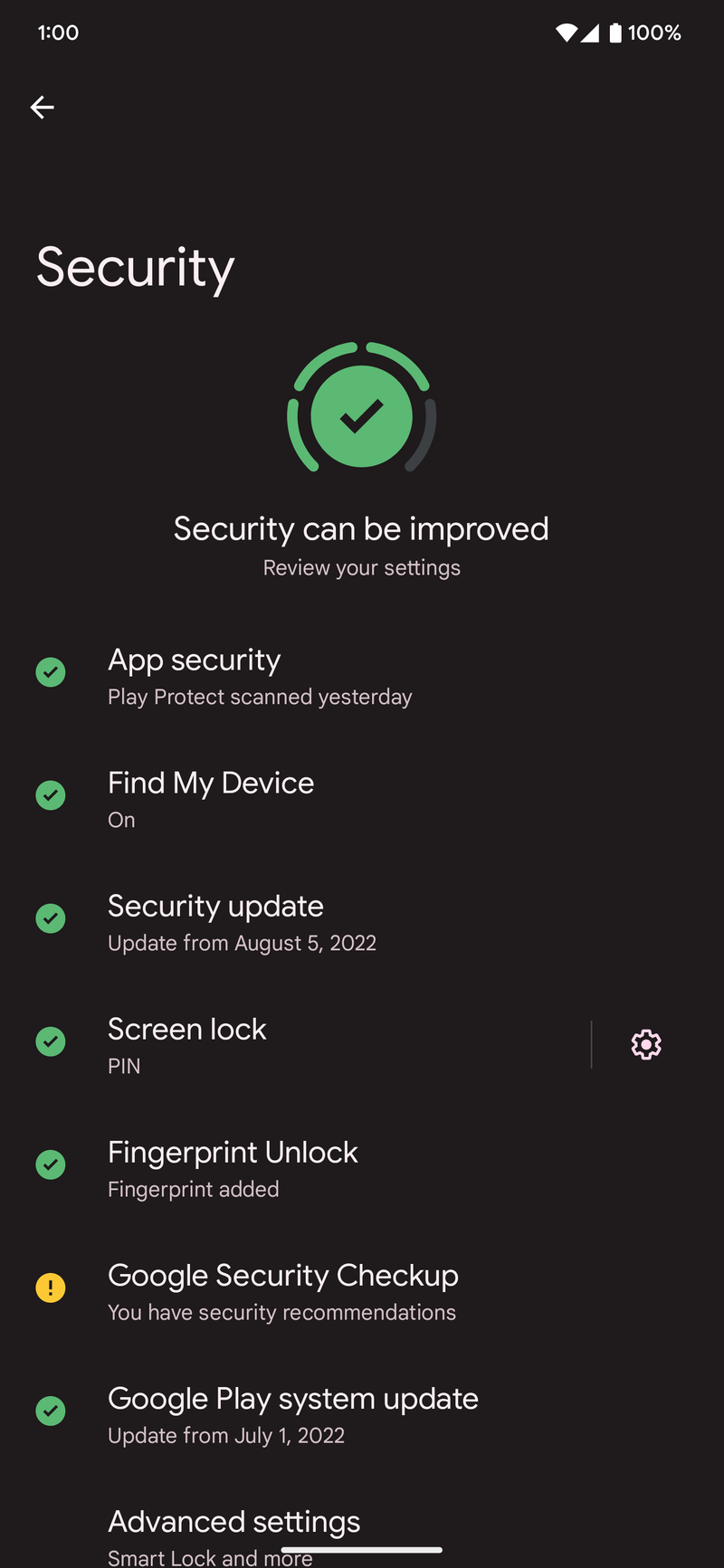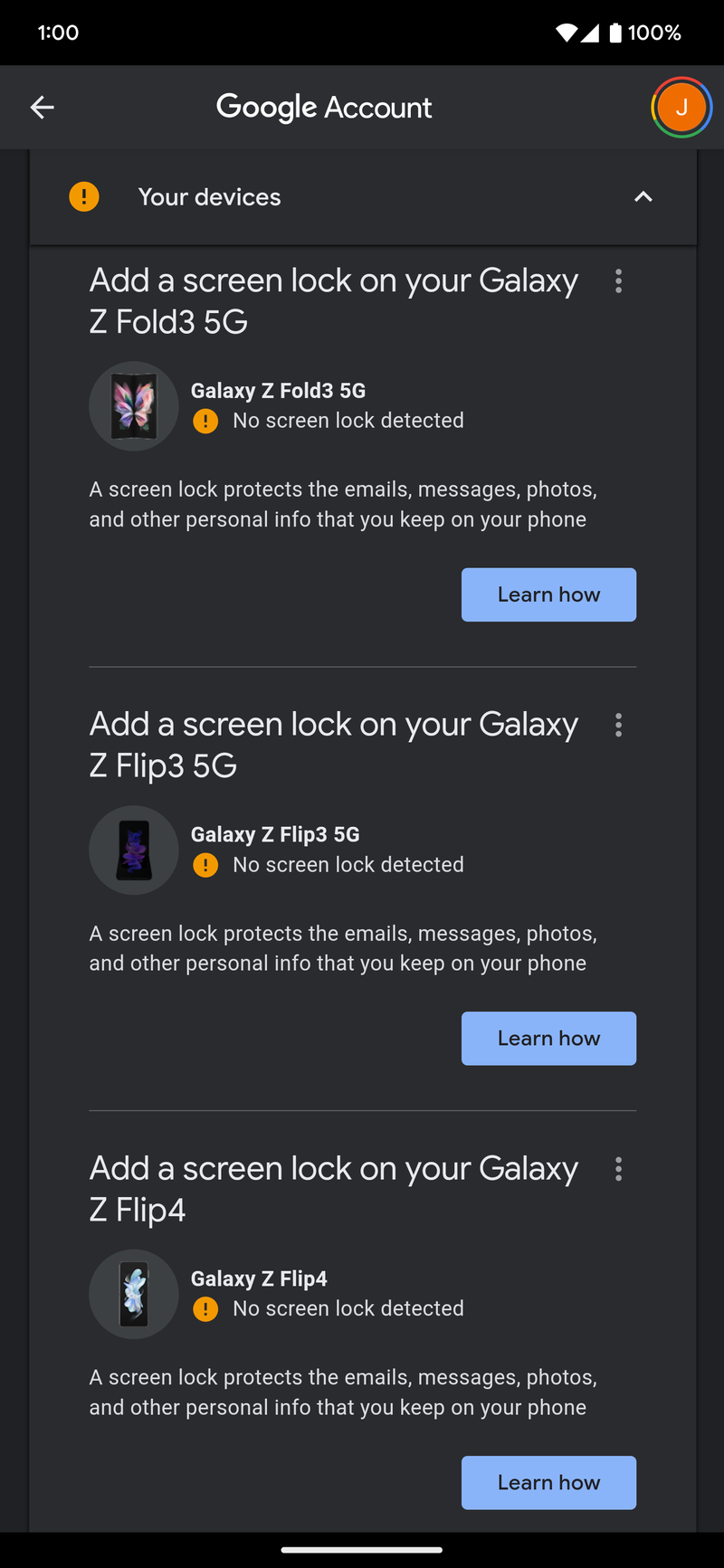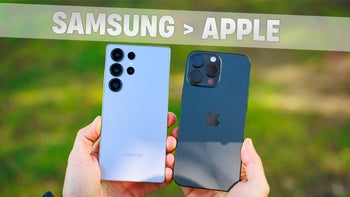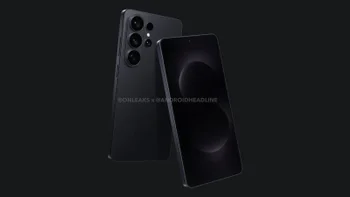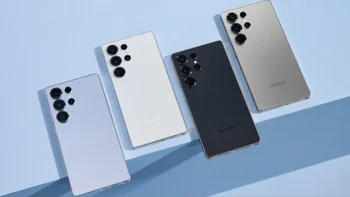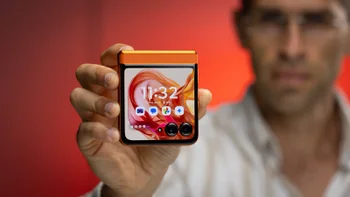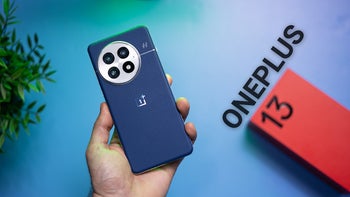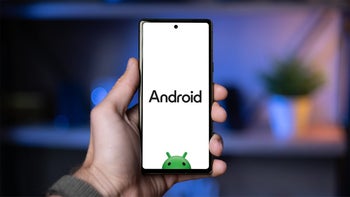Android 13: Everything you need to know
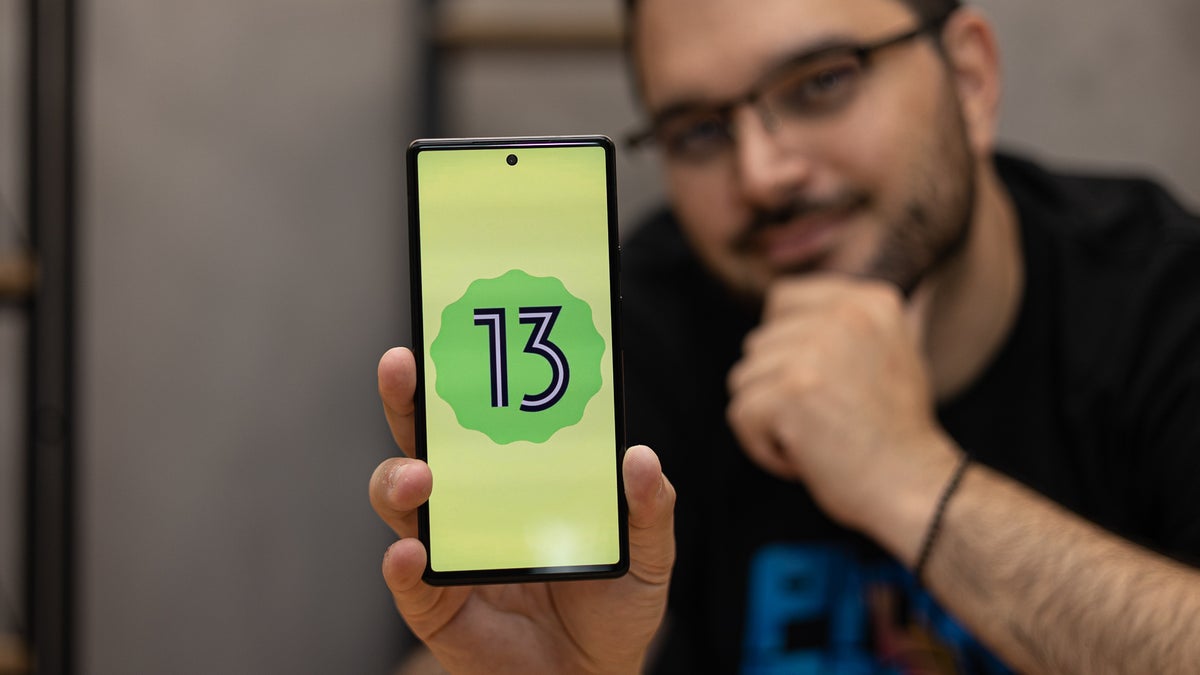
Android 13, the latest annual refresh of Google's wildly popular mobile operating system, is officially out for Google Pixel devices and on its way to the top Android flagships right now.
If history has taught us anything, it's that major software updates are usually followed by quality-of-life ones that aim to iron things out and perfect the newly-introduced formula. Well, Android 12 was quite a major software update and changed lots of things, so Android 13 will have to take the shorter stick and be an update to iron out all the kinks.
Android 13 first broke out as a developer beta in February but was later officially showcased on stage at the all-virtual Google I/O 2022 dev summit on May 11, 2022. It's currently out for the recent Pixel phones (Pixel 4 and newer) as well as a plethora of other devices from many manufacturers, ranging from flagships to mid-range and affordable devices.
In February 2023, Android 14 became available as an early developer beta, and will seemingly follow a similar release schedule as its predecessor. We expect Android 14 to get officially released sometime in September/October of 2023.
Jump to section:
Android 13 release date
Android 13 was released to all eligible Pixel devices on August 15, 2022. The official release of Android 13 follows months of regular betas that showcased the new features and helped Google source valuable feedback from the community. Here's how the latest Android release compares against previous ones:
| Android release | Release date |
|---|---|
| Android 8 Oreo ( Read our review) | August 21, 2017 |
| Android 9 Pie (Read our review) | August 6, 2018 |
| Android 10 (Read our review) | September 3, 2019 |
| Android 11 (Read our review) | September 8, 2020 |
| Android 12 (Read our review) | October 4. 2021 |
| Android 13 (Read our review) | August 15, 2022 |
Android 13 latest news
Android 13 name
Android 13 is the 22nd major version of Android released since its inception in late 2008. Unlike the majority of Android versions, which were named after sweet desserts in alphabetical order, recent Android releases have opted for a pure numerical naming scheme.
The 'culprit' was Android 10, which was supposed to use the letter Q, but due to the general lack of well-known desserts starting with said letter, Google opted to drop the custom dessert name altogether, much to the chagrin of die-hard Android fans.
On one hand, it keeps things simple, but on the other hand, it robs Android of its uniqueness and makes the different versions a lot more forgettable. Android 5.0 Lollipop and Android 8.0 Oreo have a slightly different zing to them, right?
Internally, Android 12 carried the Snow Cone name. And what could be Android 13's sweet dessert name? Internally, it's seemingly referred to as "Tiramisu", but this name isn't used officially, so Android 13 remains the de facto moniker.
Android 13 Go Edition
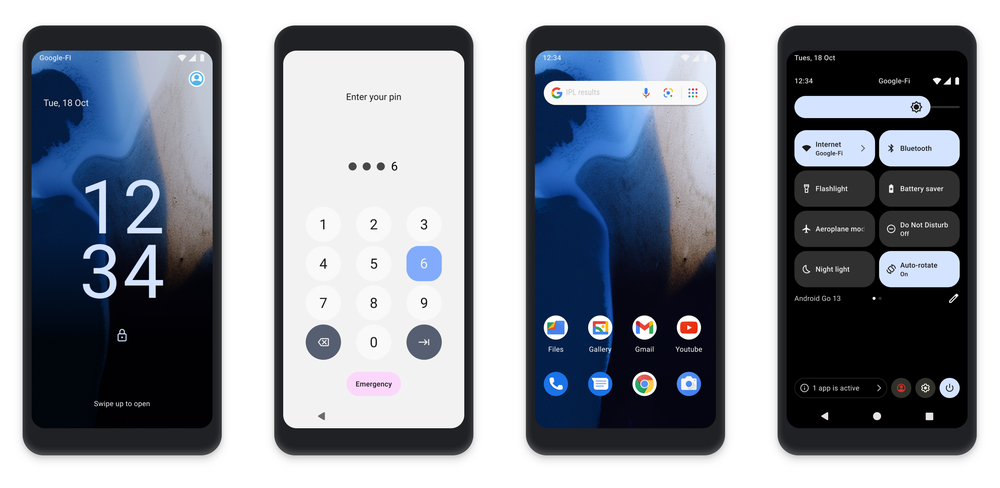
Aside from the regular Android 13 version, Google also released Android 13 Go Edition on October 20, 2022. This new version of Android succeeds Android Oreo (Go Edition), released half a decade ago, and is geared towards low-end devices with humble hardware and lacks many features available in Android 13.
Thanks to Android 13 Go edition, a fraction of the 250 million active Android Go users around the world will get to receive important Google Play System Updates. Android 13 Go Edition also brings a fresh new Material You design language, which was introduced along with Android 12.
Updating the software in a phone takes a lot of storage space, which most entry-level devices can’t afford to lose. With Android 13 (Go edition), we’re bringing Google Play System Updates to Go devices which helps ensure devices can regularly receive important software updates, outside of the major Android release. This will make the delivery of critical updates quick and simple without compromising storage availability on the device. The result is a phone that stays up to date over time — and you don’t have to wait for the next release or a software push from your phone’s manufacturer to have the latest and greatest.
There's also the Google Discover feature, which is available as a leftmost home screen and gives users curated lists with articles, videos, and other types of online content that might interest them.
Android 13 Go Edition also has some vital Android 13 features on board, like new Notification Permissions, App Language Preferences, and more. Android 13 Go Edition will be rolling out to eligible devices sometime in 2023.
Android 13 review
You can check out our full Android 13 review right here, detailing everything about the most recent software update. The bottom line is clear: Android 13 is the "boring" update, but that's the state of things with such a mature operating system that has all of the basics covered already.
Which phones will get Android 13?
Android 13 will eventually be available on most current and upcoming phones, but initially, it rolled out to Google's Pixel 4 and newer devices (Pixel 6, Pixel 6 Pro, Pixel 6a, Pixel 5, Pixel 5a, Pixel 4, Pixel 4 XL, Pixel 4a, Pixel 4a 5G).
Here are some of the phones that have already received Android 13:
- Google Pixel series (Pixel 6, Pixel 6 Pro, Pixel 6a, Pixel 5, Pixel 5a, Pixel 4, Pixel 4 XL, Pixel 4a, Pixel 4a 5G)\
- Samsung Galaxy Z series (Galaxy Z Flip 4, Galaxy Z Fold 4)
- Samsung Galaxy S22 series (S22, S22 Plus, S22 Ultra)
- Samsung Galaxy S21 series (S21, S21 Plus, S21 Ultra, S21 FE)
- Samsung Galaxy S20 series (Galaxy S21, Galaxy S21 Plus, Galaxy S21 Ultra)
- Samsung Galaxy Note series (Galaxy Note 20 Ultra, Galaxy Note 20)
- Samsung Galaxy A series (Galaxy A33, Galaxy A53, Galaxy A73, Galaxy A42 5G)
- Samsung Galaxy M series (Galaxy M32, M52)
- OnePlus 10-series (OnePlus 10 Pro, OnePlus 9 Pro, OnePlus 9, OnePlus Nord N300 5G), OnePlus 10T
- Sony Xperia 1 IV, Sony Xperia 5 IV
Surely, those won't be the only phones to receive Android 13 by year's end. Quite a lot of Android manufacturers, even some that you've probably never heard of, will be releasing the latest stable Android release to their devices. Google says that the following manufacturers will be releasing Android 13-based interfaces: Asus, iQOO, Motorola, OnePlus, Oppo, Realme, Samsung, Sharp, Sony, Tecno, Vivo, and Xiaomi.
Android 13 new features and impressions
Overall, Android 13 looks and feels just like Android 12, with not that many improvements visible on the surface. However, there's tons of stuff under the hood that aims to improve the experience on a more technical, albeit slightly mundane level.
It's the evolutionary update immediately following the Android 12 overhaul that gave us some serious updates to the interface and introduced the automatic theming feature.
With tons of quality-of-life new features, it improves the winning formula of Android for Pixel phones, and most of these features and functionalities will most certainly trickle down to the custom skins that every Android manufacturer develops.
Is it boring? Sure. Yes, it is. There isn't a particular feature that stands out from the rest, but that’s to be expected. Android reached platform maturity a long time ago, so it makes sense that few if any groundbreaking new features get revealed with every annual refresh of the platform. If anything, we should probably anticipate fewer and less impressive features to get announced every year. That's great news, as it essentially means that Android has matured enough to finally go inside a feature plateau.
Still, the newly introduced features are improving the overall quality of the platform. With even better customization features, media controls enhancements, multilingual support for apps, and better privacy thanks to the new photo picker and opt-out of notifications by default, you could say that Android 13 is a 'boring' update, but it’s one worthy of checking out.
Now, to the most interesting part — what new features come with Android 13?
- Visual improvements — Android 12 introduced automatic theming that extracted the dominant colors of your wallpaper and used those to paint your interface. Initially, there were eight palettes to choose from, but Android 13 doubles that to sixteen color combinations that are also a bit more liberal in their color adaptation.
This feature only works on the home screen (apps in your app drawer won't be themed), and it only works with the stock apps so far. Android 13 also comes with a redesigned wallpaper picker that now lets you preview the available backgrounds straight from the home screen by long-pressing an empty space. While not as convenient as the regular wallpaper menu, it lets you quickly change your background.
- Themed icons — Building on the visual revamp that was introduced with Android 12, Android 13 adds a bunch of quality-of-life improvements to the interface. Stock Android now has Themed Icons, which grab the dominant color from your wallpaper and apply it as a tint on your icons, making for a subdued monochromatic look. The Google Search widget, normally found at the bottom of the screen, also gets a paint of coat, making for an even more coherent look.
The only problem here is that the feature only works with Google's stock apps at the moment. Hopefully, support for third-party apps will arrive later on.
- Runtime notification permission — Taking a page out of iOS' book, Android 13 introduces notification permission that essentially makes notifications opt-in by default, as opposed to the established opt-out nature of Android up until now. This is a superb change to Android, which aims to not only declutter your notification tray but also improve your digital mental health by sparing you from tons of spammy notifications that you don't care about.
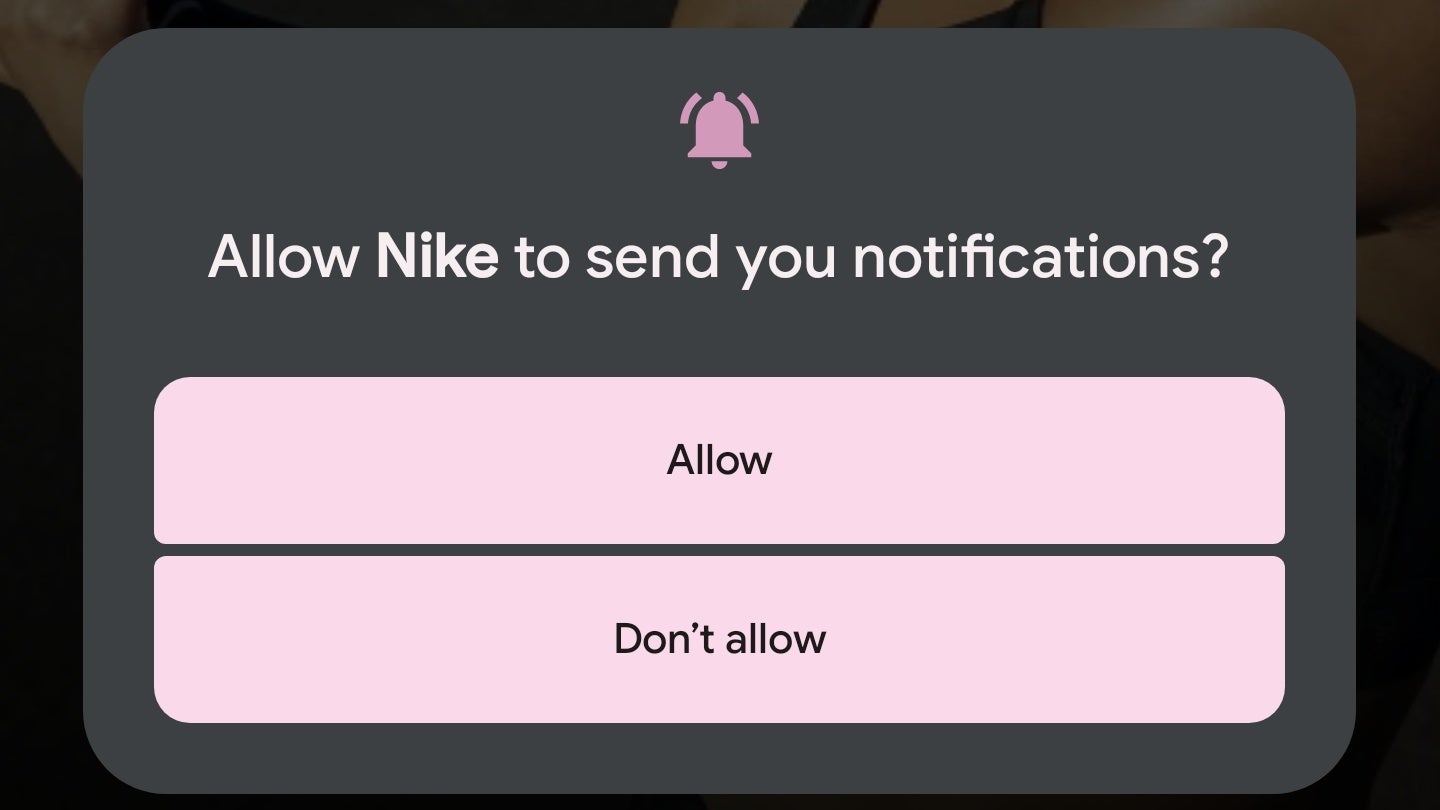
Android 13 makes notifications opt-in by default
- Quick Settings tile discovery — With Quick Settings tiles' discovery being not so good, Google has taken it upon itself to make it easier for users to find out if an app offers such an extra functionality. Whenever you install an app that provides a custom Quick Settings tile, a notification will be waiting for you in the notification shade, informing you of the change.
- Multilingual apps — Multi-lingual users will be happy to know that Android 13 now has relevant APIs that allow separate apps to have a different language than the main language setting of their devices. For example, the Android device could be set to Hindi, but separate apps could be set to English. This feature resides within the Settings > System > Languages & Input > App Languages menu.
- Clipboard editor overlay — Android 13 introduces a new clipboard editor, which gives you a handy shortcut that enables you to quickly share the text you copied to any of your apps. On top of that, your phone's clipboard will automatically clear itself after one hour has passed, you know, for privacy reasons.
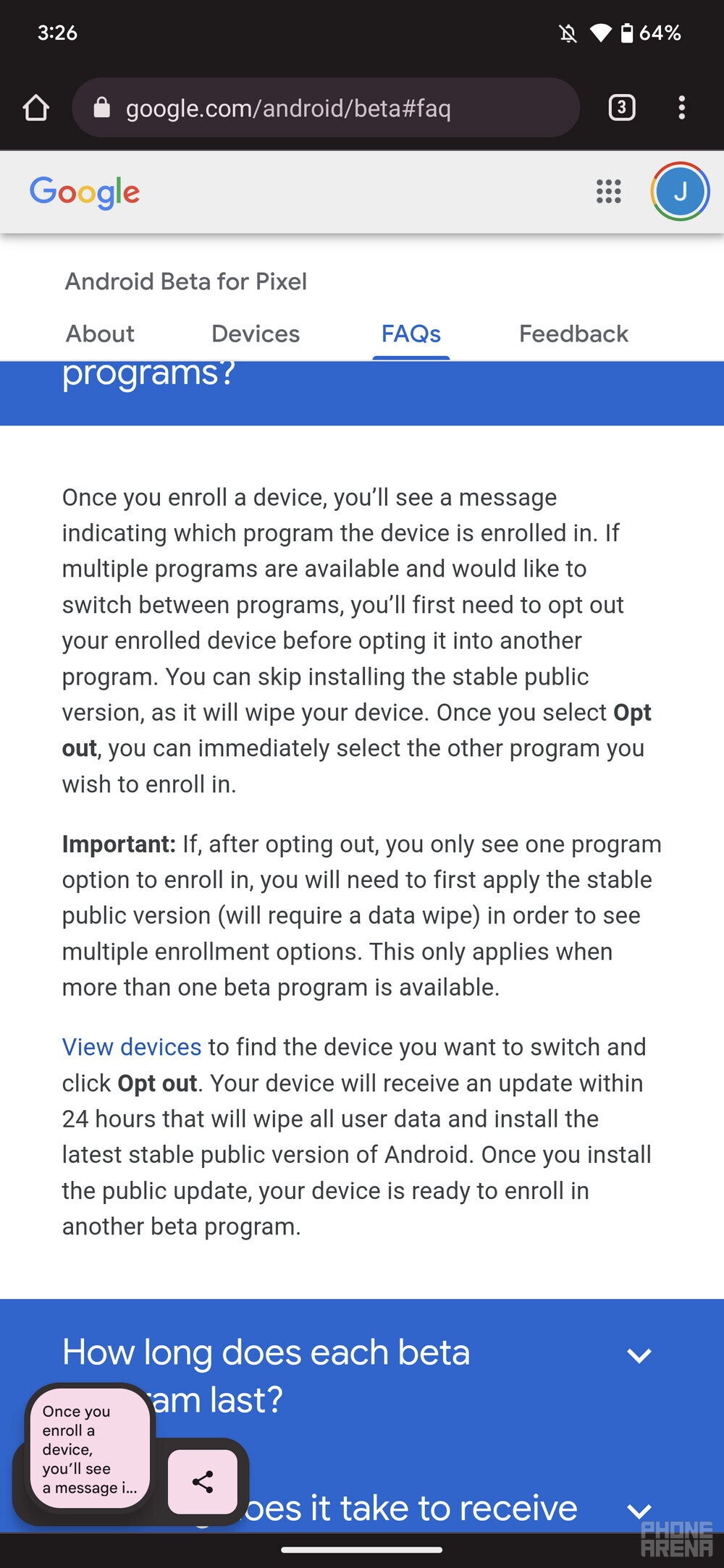
- QR code scanner quick tile — There's now a quick settings tile at the top of the notifications shade that gives you quick access to the built-in QR scanner.
- Active App runtime notification — Most Android apps that run all the time come along with a persistent notification in the notification shade, taking up valuable space and adding up to the visual clutter. With Android 13, these appear neatly tucked away in a dedicated "Active apps" menu in the bottom left corner of the notification shade. Tapping on those allows you to see which apps are currently running and enables you to stop them with a tap.
- Refreshed media controls/media player — Android 13 features a slightly redesigned media player, with a new squiggly progress bar and slightly enhanced iconography. Google has opened the corresponding API, so manufacturers can customize the media interface in their skins.
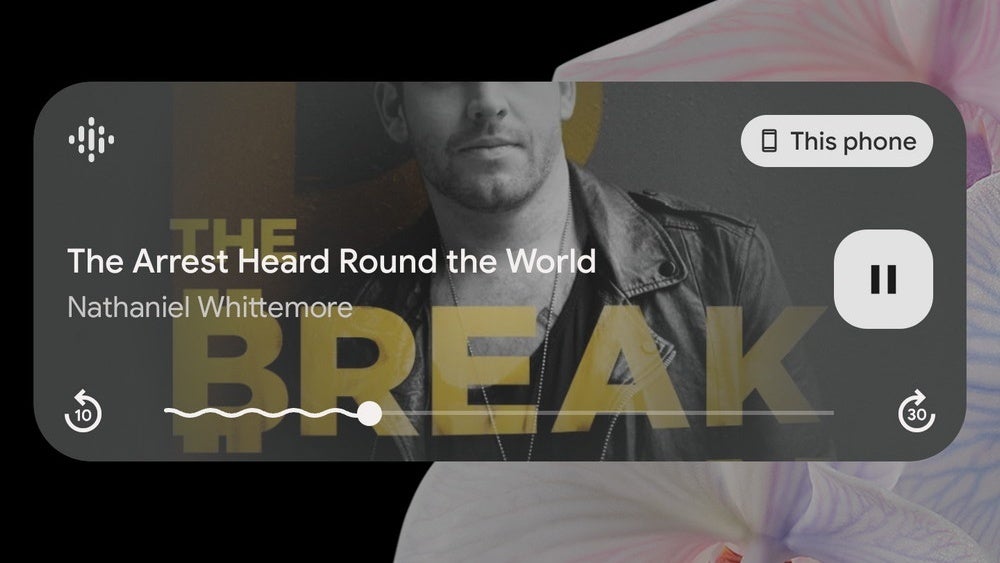
- Dynamic spatial audio support — Continuing with the audio improvements, Android 13 comes along with dynamic spatial audio support that gives off the impression that audio moves along as you move your head around. Android already had static spatial audio support, but Android 13 greatly extends this functionality. Have in mind that dynamic spatial audio requires a compatible headset, while static spatial audio would work with most headphones out there.
- Dark mode at bedtime — With Android 13, you can schedule dark mode to turn on when it's time for your bedtime. You set this one in the dedicated Bedtime mode in the Digital Wellbeing menu. By doing this, you could potentially save your good night's sleep after sunset, as darker hues don't strain your eyes that much.
- Photo Picker — Android 13 also introduces a new photo picker, one of the more important new features. Similar to the one found in iOS and to improve privacy, the new photo picker allows users to share certain photos with an app without giving access to their whole photo library, which is a major privacy improvement. This is in major contrast with the regular behavior of Android's photo picker, which by default asks for permission to read your whole photo library.
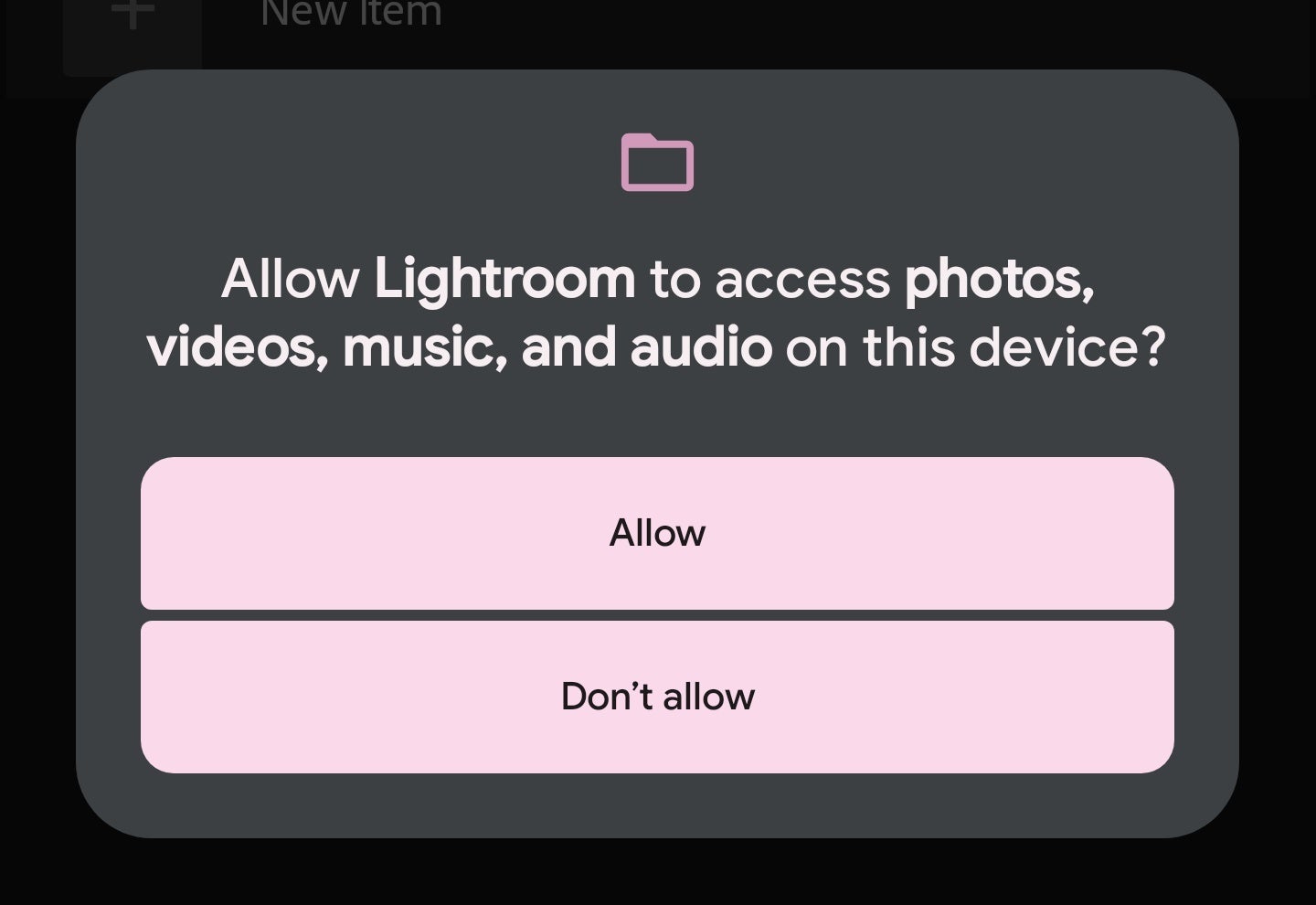
Android 13 will request access to your photos
- Color Vector fonts — Android 13 introduces full support for the COLRv1 fonts and updates all system emojis to this new font format. What does this mean in layman's terms? Text and emoji now appear much sharper, no matter the scale at which they're rendered.
- Privacy & Security — Instead of the existing "external storage access" popups, apps targeting Android 13 have three additional granular media permissions to request. "READ MEDIA IMAGES," "READ MEDIA AUDIO," and "READ MEDIA VIDEO" are the three new categories, and they allow for improved micromanagement of app permissions. There's also a new permission that targets body sensors and their data collection in the background. You also get excellent visual cues as to what aspects of your phone and Google account need your attention, with green meaning everything is a-ok and yellow indicating something that needs addressing ASAP.
Follow us on Google News
